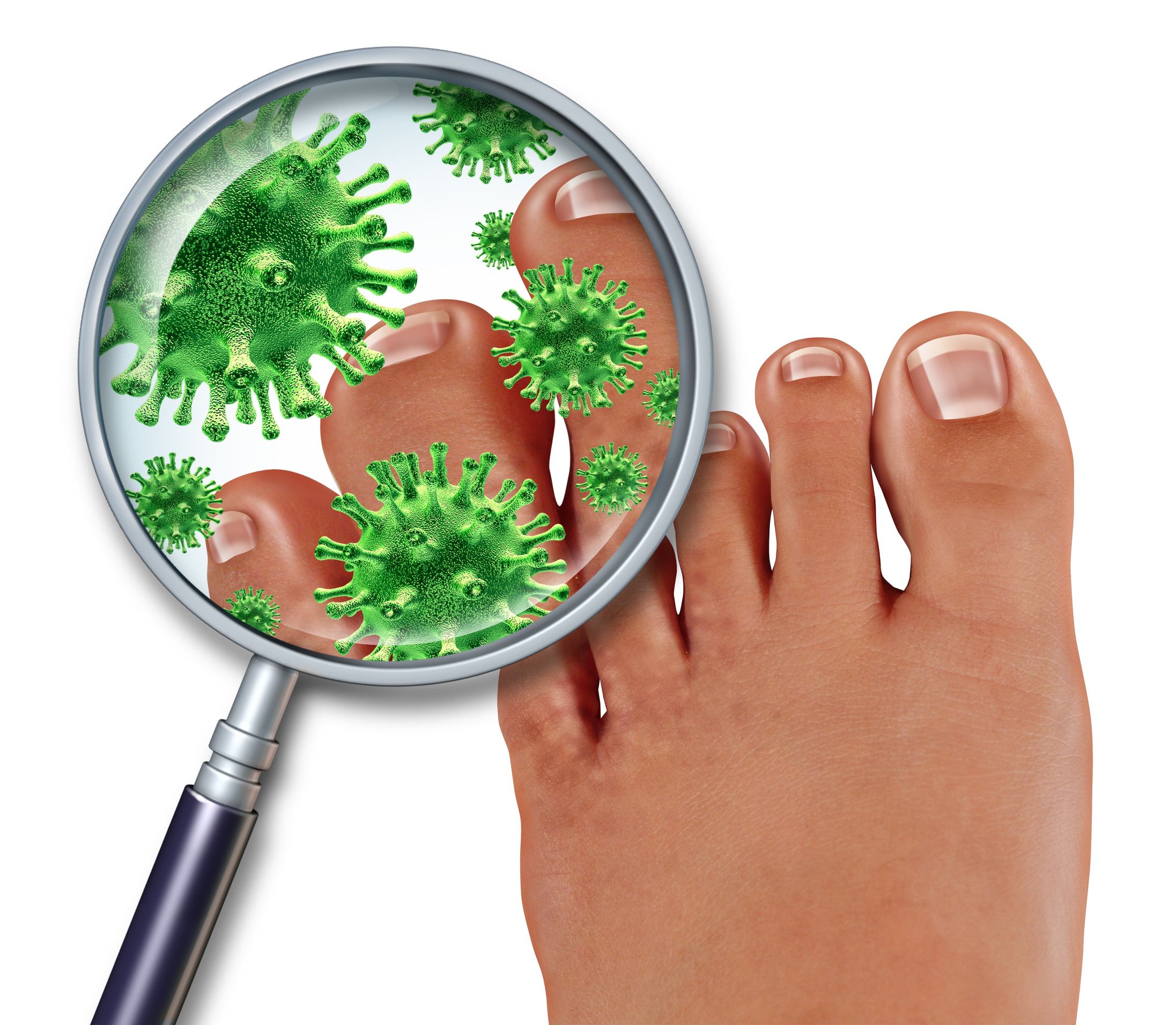Expert Care for Fungal Infections / Ringworm
There’s a fungus among us! Worms don’t cause ringworm. Rather, this superficial skin infection, also known as tinea, is caused by fungi called dermatophytes. Fungi are microscopic organisms that can live off the dead tissues of your skin, hair, and nails, much like a mushroom can grow on the bark of a tree.
Ringworm is characterized by a red ring of small blisters or a red ring of scaly skin that grows outward as the infection spreads. Though children are especially susceptible to catching ringworm, it can affect adults as well.

Causes of Ringworm
Ringworm is not caused by a worm. It is caused by a fungus. The kinds of fungi (plural of fungus) that cause ringworm live and spread on the top layer of the skin and on the hair. They grow best in warm, moist areas, such as locker rooms and swimming pools, and in skin folds.
Ringworm is contagious. It spreads when you have skin-to-skin contact with a person or animal that has it. It can also spread when you share things like towels, clothing, or sports gear.
You can also get ringworm by touching an infected dog or cat, although this form of ringworm is not common.
Symptoms of Ringworm
Ringworm of the skin usually causes a very itchy rash. It often makes a pattern in the shape of a ring, but not always. Sometimes it is just a red, itchy rash.
Jock itch is a rash in the skin folds of the groin. It may also spread to the inner thighs or buttocks.
Ringworm of the hand looks like athlete’s foot. The skin on the palm of the hand gets thick, dry, and scaly. And skin between the fingers may be moist and have open sores.
Clean, clear skin can be yours - we’re a phone call away. Don’t let fungal infections like ringworm prevent you from baring your skin. Call us, and we'll come up with a treatment to make you glow again.
Diagnoses of Ringworm
Treatment of Ringworm
Most ringworm of the skin can be treated at home with creams you can buy without a prescription. Your rash may clear up soon after you start treatment, but it’s important to keep using the cream for as long as the label or your doctor says. This will help keep the infection from coming back. If the cream doesn’t work, your doctor can prescribe pills that will kill the fungus.
If ringworm is not treated, your skin could blister, and the cracks could become infected with bacteria. If this happens, you will need antibiotics.
If your child is being treated for ringworm, you don’t have to keep him or her out of school or day care.
Prevention of Ringworm
To prevent ringworm:
Don’t share clothing, sports gear, towels, or sheets. If you think you have been exposed to ringworm, wash your clothes in hot water with special anti-fungus soap. Wear slippers or sandals in locker rooms and public bathing areas. Shower and shampoo well after any sport that includes skin-to-skin contact. Wear loose-fitting cotton clothing. Change your socks and underwear at least once a day. Keep your skin clean and dry. Always dry yourself completely after showers or baths, drying your feet last. If you have athlete’s foot, put your socks on before your underwear so that fungi do not spread from your feet to your groin. Take your pet to the vet if it has patches of missing hair, which could be a sign of a fungal infection. If you or someone in your family has symptoms, it is important to treat ringworm right away to keep other family members from getting it.
